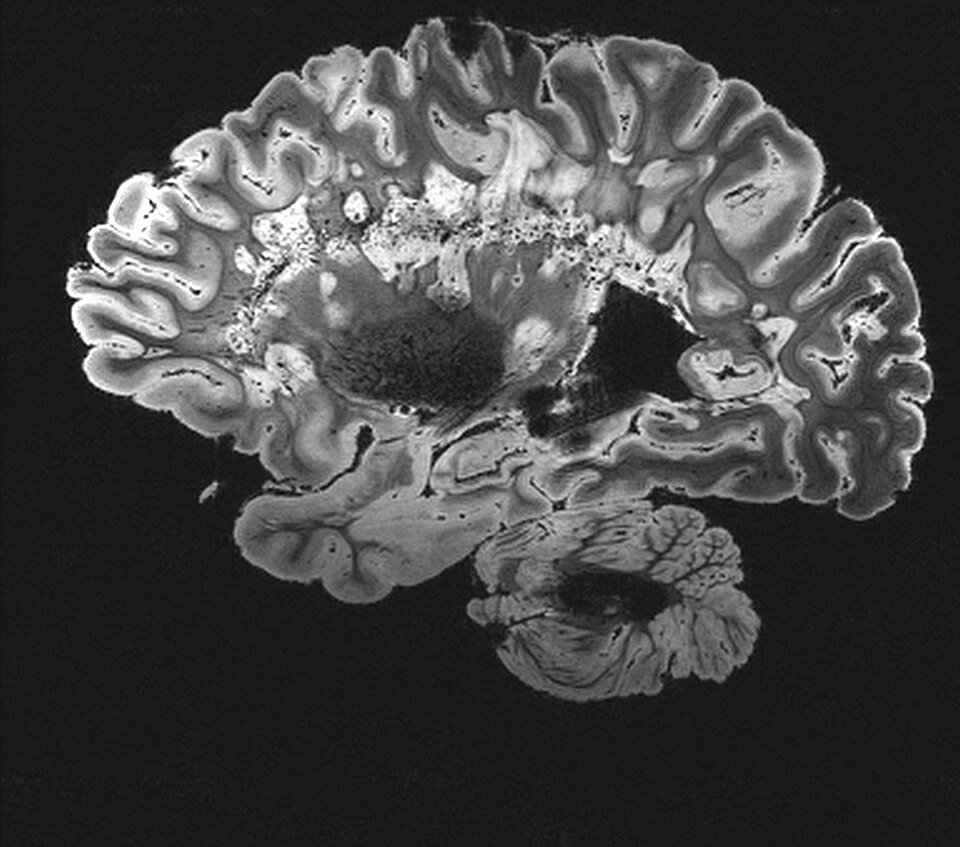Study Reveals Motion Artifacts' Impact on Stroke MRI Detection Accuracy

In a recent study published in the *European Radiology* journal, researchers have identified a significant incidence of motion artifacts in MRI scans of patients suspected of having suffered a stroke, which adversely affects both radiologist and artificial intelligence (AI) accuracy in detecting hemorrhagic lesions. The study, led by Dr. Christian Hedeager Krag from the Department of Radiology at the University Hospital Copenhagen-Herlev and Gentofte in Denmark, examined MRI data from 775 adult patients, revealing a 7.4% occurrence rate of motion artifacts.
The repercussions of these findings are notable, particularly for older patients and those exhibiting limb motor symptoms. Findings indicated that for every decade of advancing age, patients had a 1.61 times higher likelihood of experiencing motion artifacts. Furthermore, patients displaying limb motor symptoms were more than twice as likely (odds ratio of 2.36) to have motion artifacts that compromised the accuracy of MRI readings.
The study's results highlighted a 21% reduction in AI accuracy and a 7% reduction in radiologist accuracy in detecting hemorrhagic lesions attributed to motion artifacts. While ischemic and space-occupying lesions were not significantly impacted, the findings underscore a crucial area of concern in the diagnostic process for stroke patients.
Dr. Krag emphasized the importance of addressing motion artifacts, stating, "Our study indicated that motion artifacts were independently associated with higher patient age and motor symptoms. They explained up to one-fifth of the incorrect AI hemorrhage predictions, thus highlighting a need for improved diagnostic protocols."
The study also suggests that patients at a higher risk of motion artifacts could benefit from tailored MRI protocols, which might include the use of shorter sequence acquisitions and advanced deep learning-based artifact reduction techniques. The researchers noted that a longer mean sequence acquisition time was observed in patients with motion artifacts (92.3 seconds versus 91.9 seconds for those without).
Given the findings, the study advocates for a shift in protocols, particularly for older patients or those with motor symptoms, to minimize the risk of motion artifacts during imaging procedures. As healthcare technology continues to evolve, the integration of AI tools within radiology offers promising enhancements in diagnostic accuracy, yet it remains imperative to address limitations such as motion artifacts that may hinder their effectiveness.
This research adds to a growing body of literature examining the intersection of AI and medical imaging, emphasizing the need for ongoing evaluation of diagnostic technologies to ensure they meet the highest accuracy standards. Future studies should aim to explore comprehensive approaches to mitigate the impact of motion artifacts, potentially improving outcomes for patients suspected of acute strokes.
Overall, as the healthcare industry increasingly relies on AI to assist in diagnostic processes, understanding and addressing the challenges posed by motion artifacts will be crucial in enhancing both AI and radiologist performance in detecting critical conditions such as hemorrhagic strokes.
Advertisement
Tags
Advertisement





